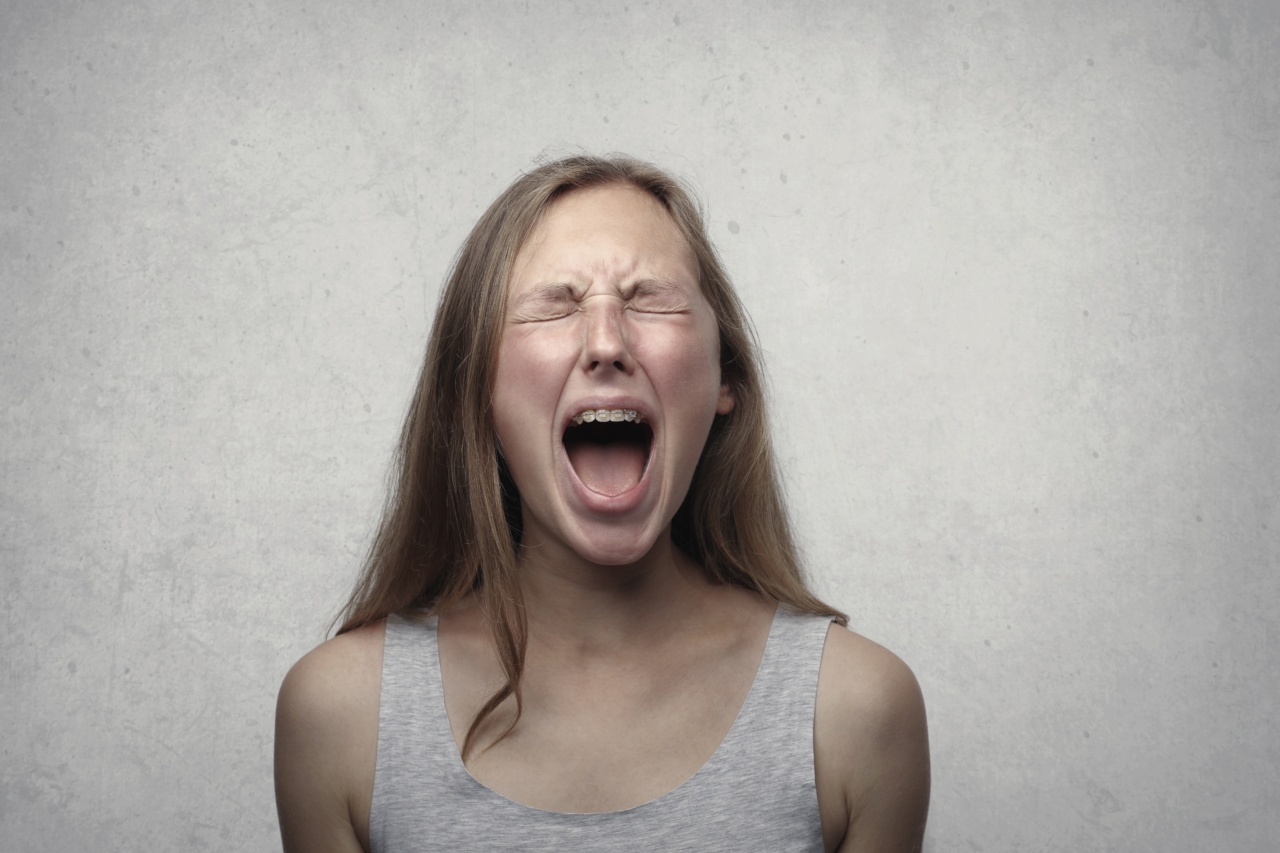Many individuals start to notice graying hair as they get older. It is a common phenomenon that affects people to varying degrees.
While some embrace their gray locks and wear them with pride, others may feel self-conscious about this visible sign of aging. But have you ever wondered what causes hair to go gray? In this article, we will delve into the science behind graying hair and explore the various factors that contribute to this natural process.
The Basics of Hair Pigmentation
To understand why hair turns gray, we first need to grasp the basics of hair pigmentation.
Hair color is primarily determined by two pigments: eumelanin, which is responsible for black and brown shades, and pheomelanin, which produces red and yellow hues. These pigments are produced by melanocytes – specialized cells located in the hair follicles.
The Role of Melanocytes
Melanocytes are responsible for generating and transferring melanin to the hair shaft, giving it its distinct color. These cells are found in the bulb of each hair follicle and produce melanin through a process called melanogenesis.
As we age, the activity of melanocytes gradually decreases, leading to a reduction in melanin production.
The Graying Process
The graying process is a result of the gradual loss and depletion of melanocytes. When melanocyte activity declines, less and less melanin is produced and transferred to the growing hair shaft.
As a result, the hair begins to lose its color and turns gray or white. The exact mechanisms behind why melanocyte activity decreases with age are still being researched, but several factors are believed to contribute to this phenomenon.
Genetics and Premature Graying
Genetics play a significant role in determining when and how fast our hair turns gray. It is widely acknowledged that premature graying often runs in families.
Numerous genes have been identified that influence hair pigmentation, including those associated with melanin production, regulation, and distribution. Therefore, individuals with a family history of premature graying are more likely to experience this phenomenon themselves.
Aging and Oxidative Stress
Aging is a natural process that affects all bodily functions, including the production of melanin. Over time, oxidative stress builds up in the body, leading to various cellular damages.
Melanocytes are particularly susceptible to oxidative stress as they produce and utilize reactive oxygen species during melanin synthesis. Continuous exposure to oxidative stress can cause DNA damage in melanocytes, leading to their dysfunction and the resulting decrease in melanin production.
Hydrogen Peroxide Buildup
Another factor that contributes to the graying process is the buildup of hydrogen peroxide in the hair follicles. Hydrogen peroxide is a natural byproduct of several metabolic processes occurring in the body.
Normally, an enzyme called catalase breaks down hydrogen peroxide into harmless water and oxygen. However, as we age, the levels of catalase decrease, allowing hydrogen peroxide to accumulate in the hair follicles. Hydrogen peroxide interferes with melanin production, leading to a bleaching effect on the hair.
Stress and Graying Hair
While it is widely believed that stress can cause hair to turn gray rapidly, scientific evidence supporting this claim is still limited.
However, there is a phenomenon known as telogen effluvium – a type of hair loss caused by physical or emotional stress – which may give the perception of sudden graying. It is also worth noting that chronic stress can contribute to oxidative stress in the body, accelerating the graying process.
Medical Conditions and Gray Hair
Certain medical conditions and deficiencies have been correlated with premature graying. Autoimmune disorders, such as vitiligo and alopecia areata, can affect melanocytes and lead to depigmentation.
Thyroid imbalances, particularly hyperthyroidism and hypothyroidism, have also been associated with premature graying. Additionally, deficiencies in vitamins and minerals essential for normal hair pigmentation, namely vitamin B12, folate, and copper, can contribute to graying at an earlier age.
Smoking and Graying of Hair
Several studies have suggested a strong link between smoking and premature graying. Smoking damages the DNA and triggers oxidative stress throughout the body, affecting melanocytes and hastening the depletion of their function.
Additionally, the harmful chemicals present in cigarette smoke can directly inhibit melanin synthesis, leading to accelerated graying.
Conclusion
The graying of hair is a natural and inevitable part of the aging process. While genetics play a significant role in determining when our hair turns gray, various other factors contribute to this phenomenon.
Aging, oxidative stress, hydrogen peroxide buildup, medical conditions, deficiencies, and smoking can all impact the activity of melanocytes, leading to a reduction in melanin production and the eventual loss of hair color. Embracing our gray hair can be a celebration of our journey through life, showcasing our wisdom and experiences.






























